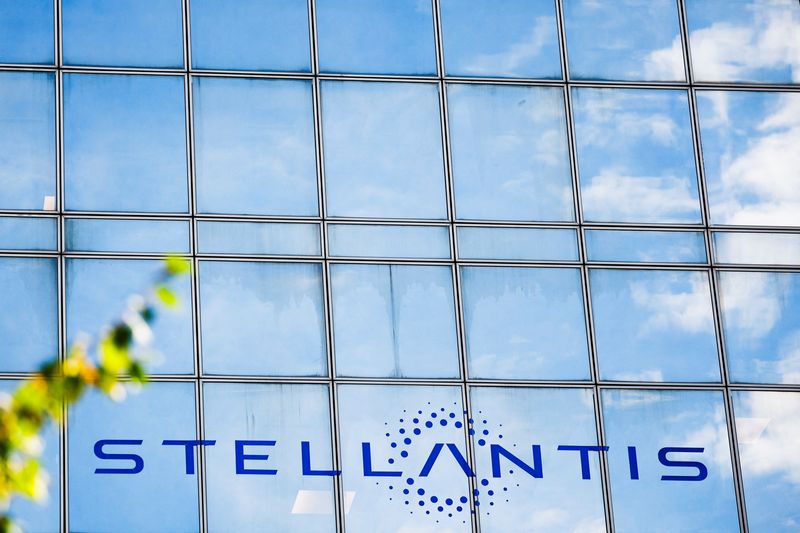There are two terms related to the risk that are crucial for investors to understand. These are risk tolerance and risk appetite. Both of them have various similarities. However, there are also some differences between them.
What is Risk Tolerance?
Risk tolerance represents the amount of risk that investors can tolerate when building their investment portfolio. Risk tolerance shows the degree of uncertainty or variability in investment returns that investors can withstand before exiting the market. Usually, an investor’s risk tolerance level depends on various factors, including their financial situation, time horizon, purpose, preferences, etc.
The most critical factor among those is the investor’s age. Usually, younger investors have a higher risk tolerance level compared to elders. It ties various of the above factors together. For example, younger investors have a longer time horizon. Therefore, their purpose is to make higher returns. Hence, they are also likely to accept higher risks associated with their investments.
There are various categorizations for investors based on their risk tolerance. For example, some investors may not tolerate higher risk. These investors may take a cautious approach to investments. Therefore, they will have conservative risk tolerance. On the other hand, investors with a preference for higher returns and risk will have aggressive risk tolerance. Lastly, those with a balanced approach will have moderate risk tolerance.
What is Risk Appetite?
Risk appetite represents the amount, percentage, or rate of risk that an investor is willing to accept. Risk appetite is the quantification of an entity’s willingness to take risks in return for its plan, objectives, and innovation. Risk appetite is closely related to risk tolerance levels. However, it does not represent the level of risk before an entity leaves the market. Instead, it refers to the risk they are willing to accept when executing their plans or strategies.
Most investors or businesses have a risk appetite framework. This framework helps the consciously recognize the risks and acknowledge the potential exposure to their strategies. This framework depends on how entities view the relationship between risks and rewards for their chosen plans or strategies. While risk appetite usually relates to an entity, it may also get affected by regulatory or legal requirements.
Entities with a higher risk appetite are also willing to accept higher uncertainty and volatility in exchange for higher growths. On the other hand, entities with a lower risk appetite will have a risk-averse approach to their plans and strategies. They will prioritize stability and lower growth over market volatility and higher returns.
What is the difference between Risk Tolerance and Risk Appetite?
The difference between both risk-related concepts is subtle. Risk tolerance is when entities would remain comfortable despite losses or uncertainties. Their risk endurance depends on several factors such as age, earning capacity, time horizon, etc. Every investor will have their own personal risk tolerance levels.
Risk appetite represents the amount, rate, or percentage of risk that entities are willing to bear in their planning or strategy. It comes as a direct result of an entity’s goals or objectives. These are risks that entities must accept to move forward with their chosen path.
Conclusion
Risk tolerance and risk appetite are terms associated with risk that have similar meanings. Risk tolerance refers to the level of risk that entities are willing to accept when constructing a portfolio. On the other hand, risk appetite is the risk they must take in their plans or strategies.
Further questions
What's your question? Ask it in the discussion forum
Have an answer to the questions below? Post it here or in the forum




